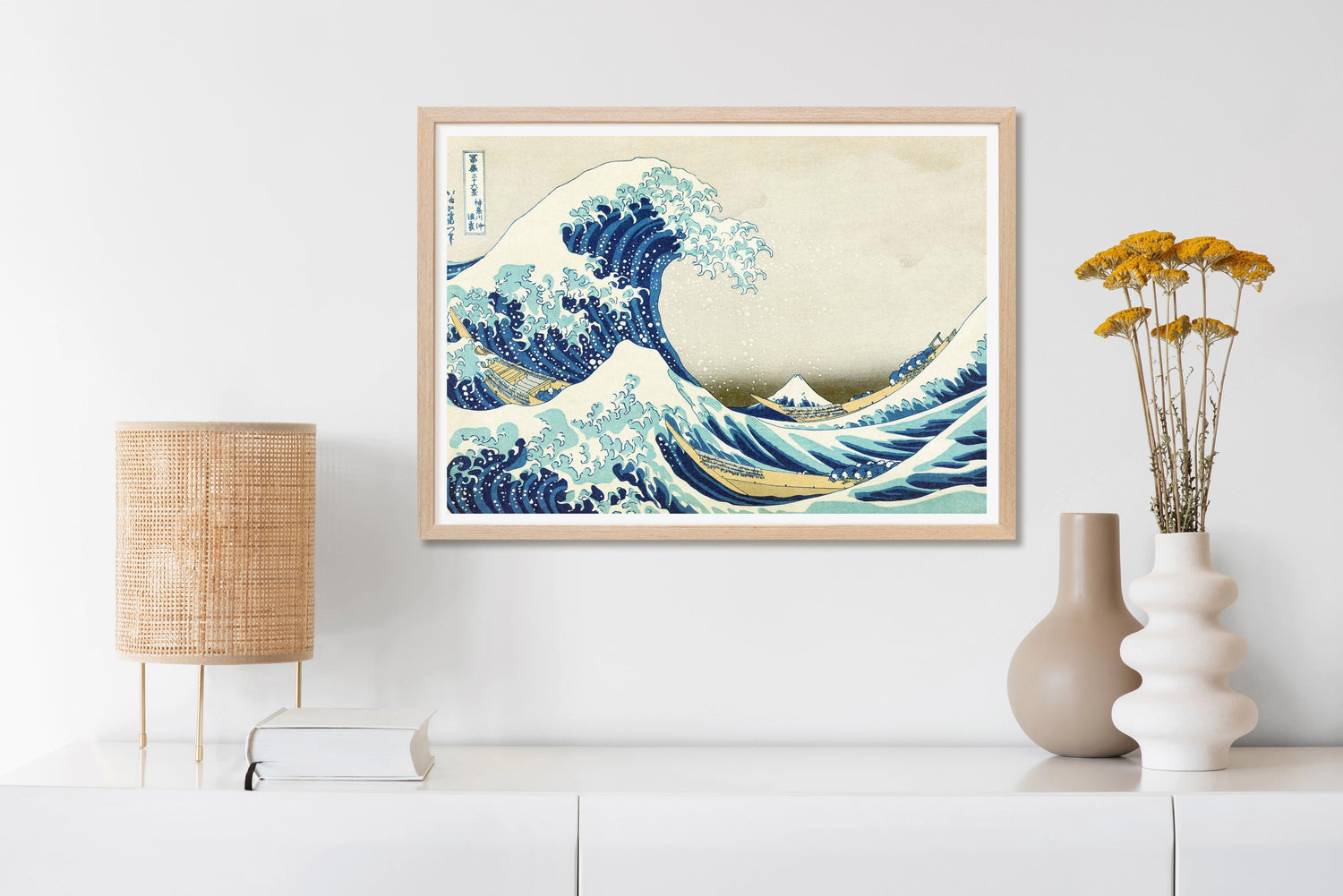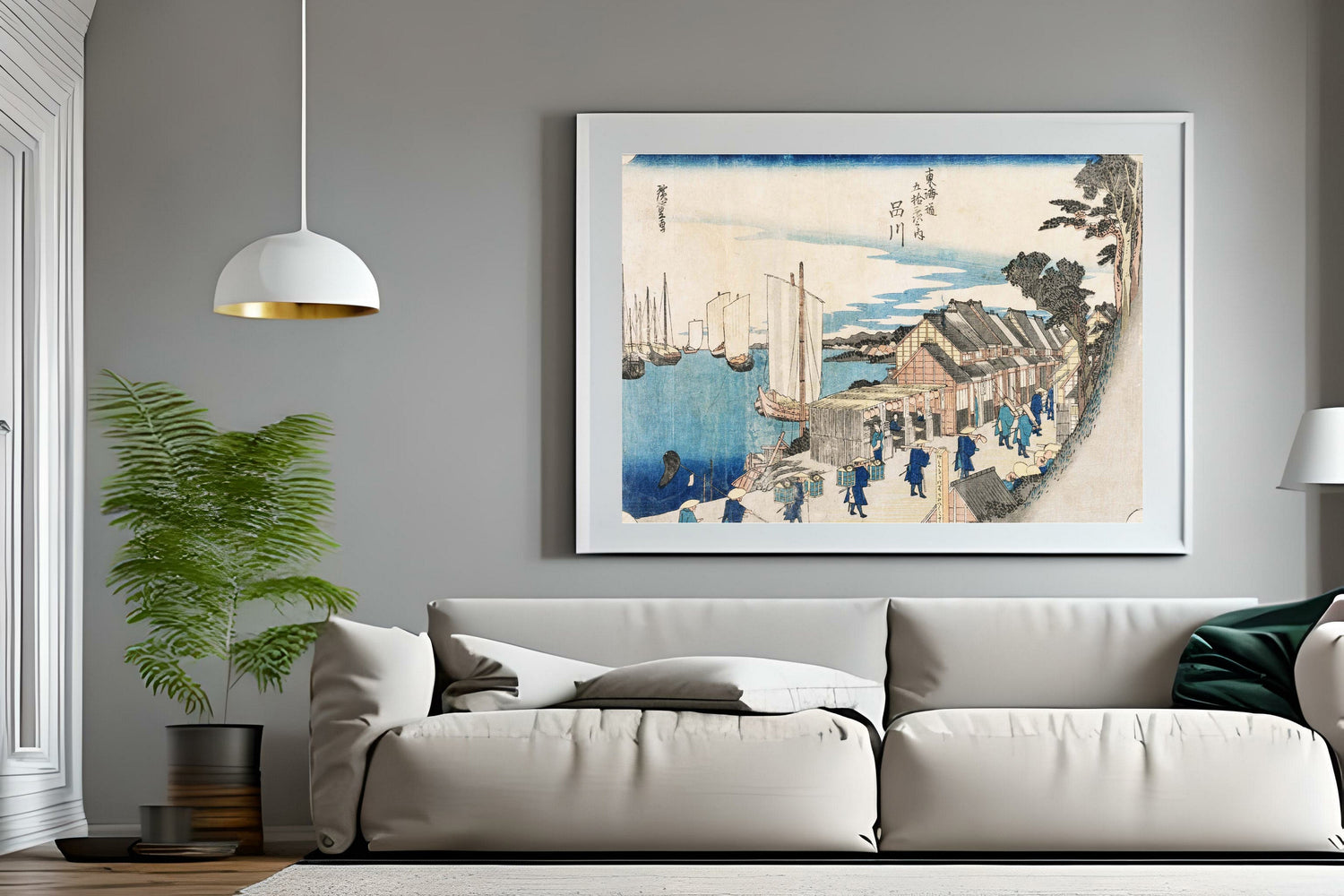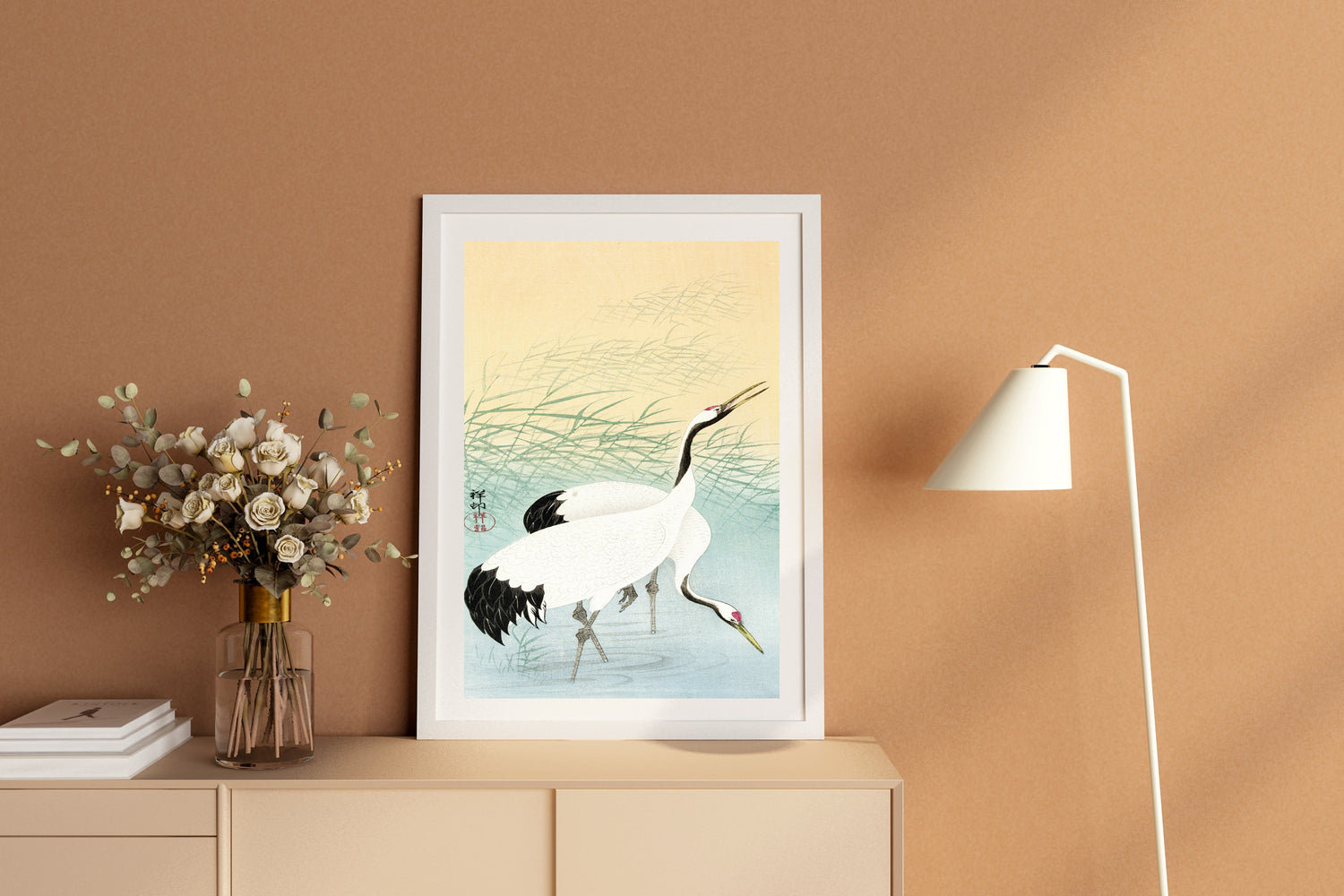Japanese Ukiyo-e Woodblock Prints: A Glimpse into the Floating World
Ukiyo-e, meaning "pictures of the floating world," refers to a genre of Japanese woodblock prints that flourished during the Edo period (1603-1868). These vibrant prints captured the ephemeral beauty of the transient urban lifestyle, focusing on subjects like kabuki actors, sumo wrestlers, beautiful courtesans, and landscapes.
Ukiyo-e not only provided a visual record of the period but also influenced Western art profoundly, particularly during the late 19th century.
Influential Artists

Hokusai (1760-1849): Perhaps the most famous ukiyo-e artist, Hokusai is best known for his series "Thirty-Six Views of Mount Fuji," which includes the iconic print "The Great Wave off Kanagawa." His work captures the majesty of nature and its interaction with human life.

Hiroshige (1797-1858): Renowned for his landscape prints, Hiroshige's series "The Fifty-Three Stations of the Tōkaidō" depicts the scenic journey along the Tōkaidō road. His prints are celebrated for their atmospheric qualities and detailed observation.

